One puffin, two puffin, three puffin, four: The National Trust’s puffin count gets underway on the Farne Islands
Though the islands' shags and terns are in decline, its puffin population has been growing — and the trust is streaming a live recording of their burrows.
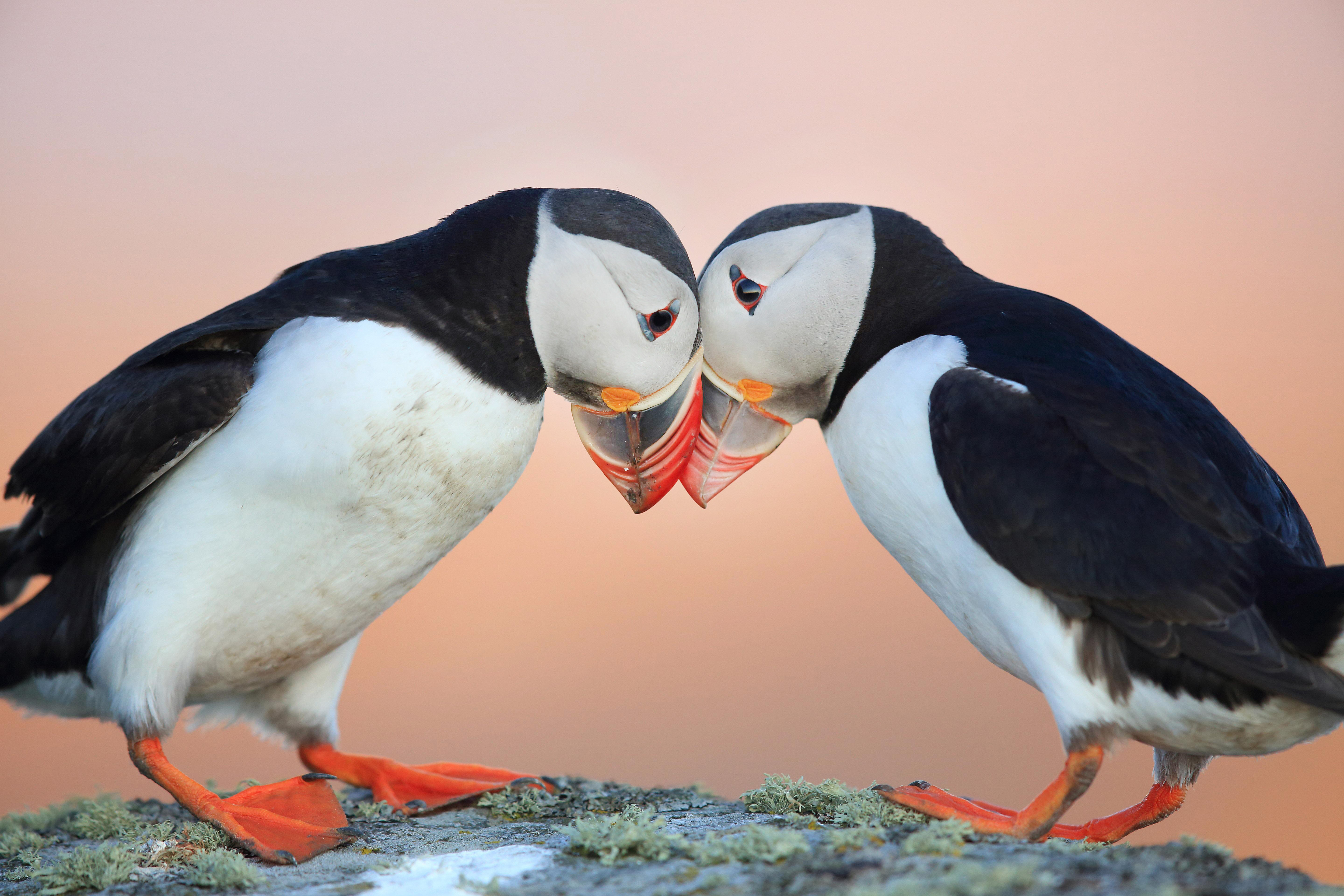

‘A key moment is when the pufflings leave the islands. This is usually at night time as it is much safer, and if the weather is calm we leave the Peal Tower door open and sometimes hear the pufflings tip-tapping across the stone floor before they realise they have taken a wrong turn and hurry back out the front door, towards the sea,’ says Sophie Jackson.
Jackson is just one of the area rangers on the Farne Islands, who will be taking part in this year’s puffin count, carried out by the National Trust to aid their conservation efforts. The endangered birds make the annual migration to return to the islands, which are 1.5 miles off the coast of Northumberland, to breed, build burrows and lay their eggs which eventually hatch into — the adorably named — pufflings.
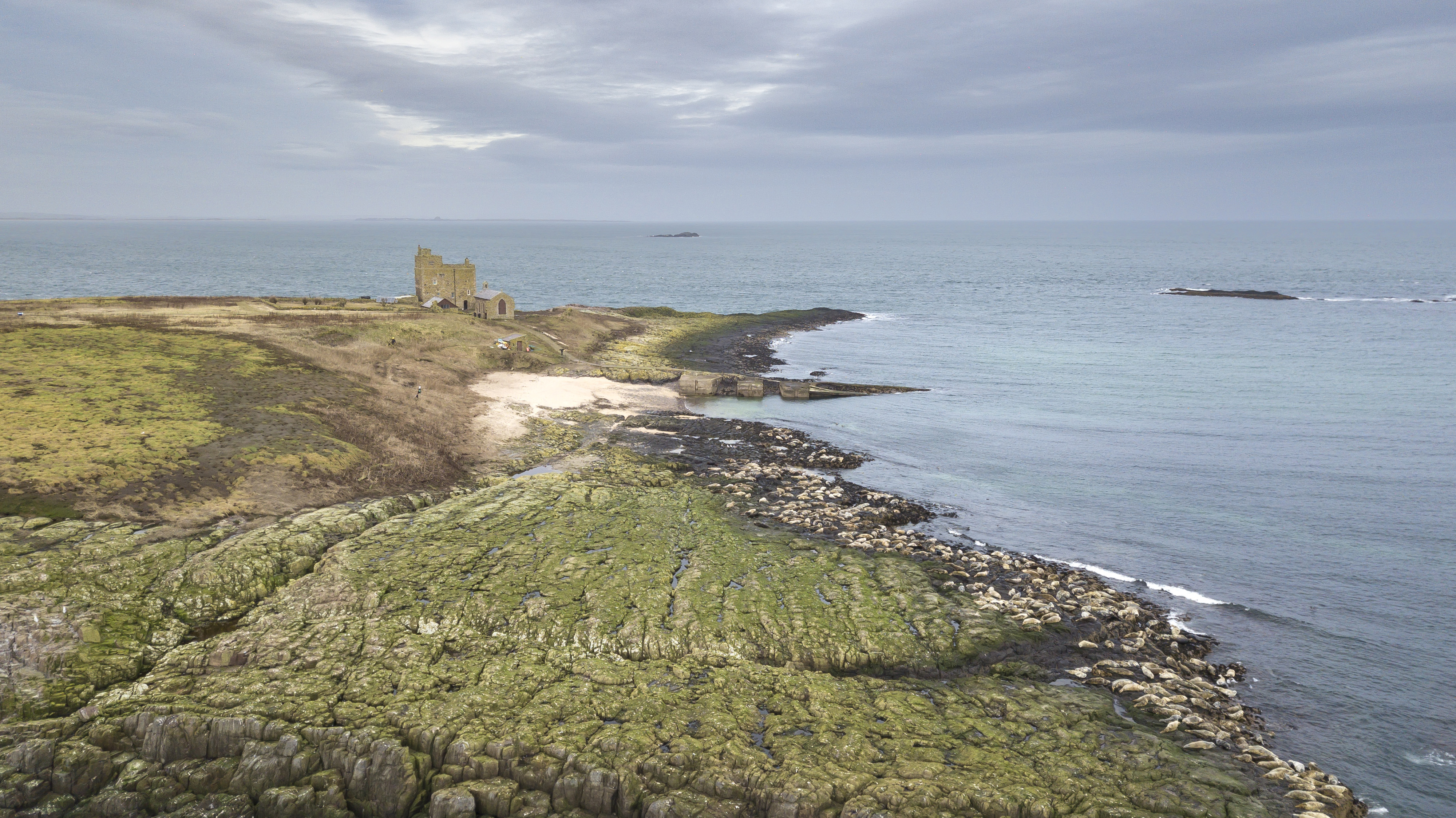
The medieval Pele Tower on Inner Farne.
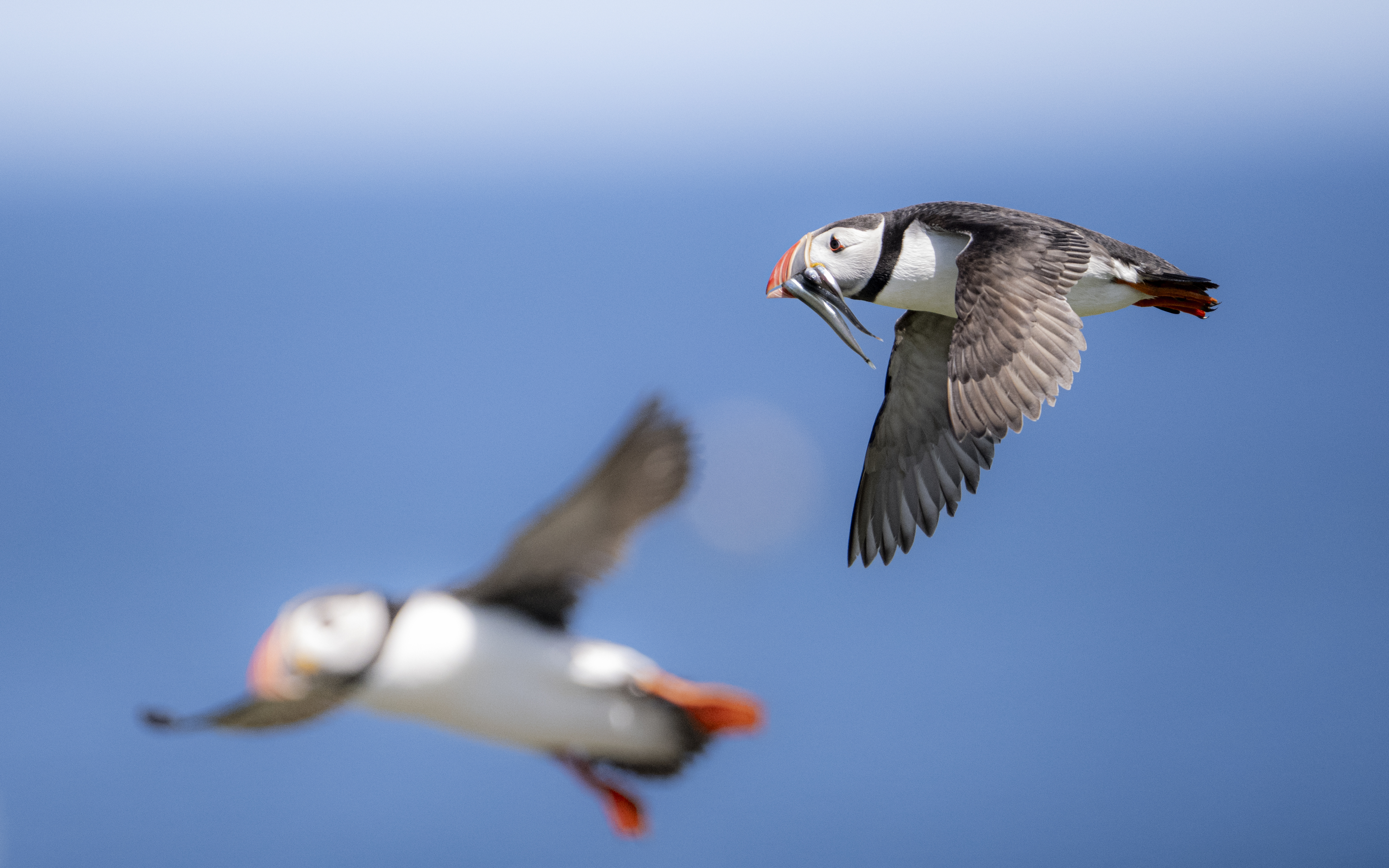
Puffins hunt a variety of small fish, including herring, hake, capelin and sand lance.
According to the Trust, the North Sea archipelago is internationally recognised as a vital sanctuary for the 200,000 returning seabirds. They’ve been caring for the islands for 100 years, taking over the monitoring of seabirds in the middle of the last century. Following the islands' three seasons of closure between 2020-2024 — owing to the outbreak of first, Covid, and then, bird flu — this year’s count is vital.
The Atlantic puffin was given ‘vulnerable’ status in 2015 by the International Union for the Conservation of Nature after numbers dropped worldwide. The puffin is also on the British Trust for Ornithology’s red list. The 28 islands are a wildlife hub, crucial, not only for puffins, but for 23 species of seabird. Grey seals also call it home each winter, and dolphins and basking sharks have been spotted swimming nearby.
As a ranger, Jackson is intimately familiar with the islands' rich history of fauna and explains that chronicling this wildlife has been a long-held tradition. The earliest official records for seabirds date from 1913, but reports for the majority of returning bird species started in the 1920s, ‘thanks to the “watchers” stationed on the islands over the summer period’. In 1939, one report noted that puffin numbers were increasing; Jackson’s thinks the boost in numbers is often aligned with the islands' environmental protections — they were designated as a Site of Special Scientific Interest in 1951, and as a Special Protected Area in 1985.
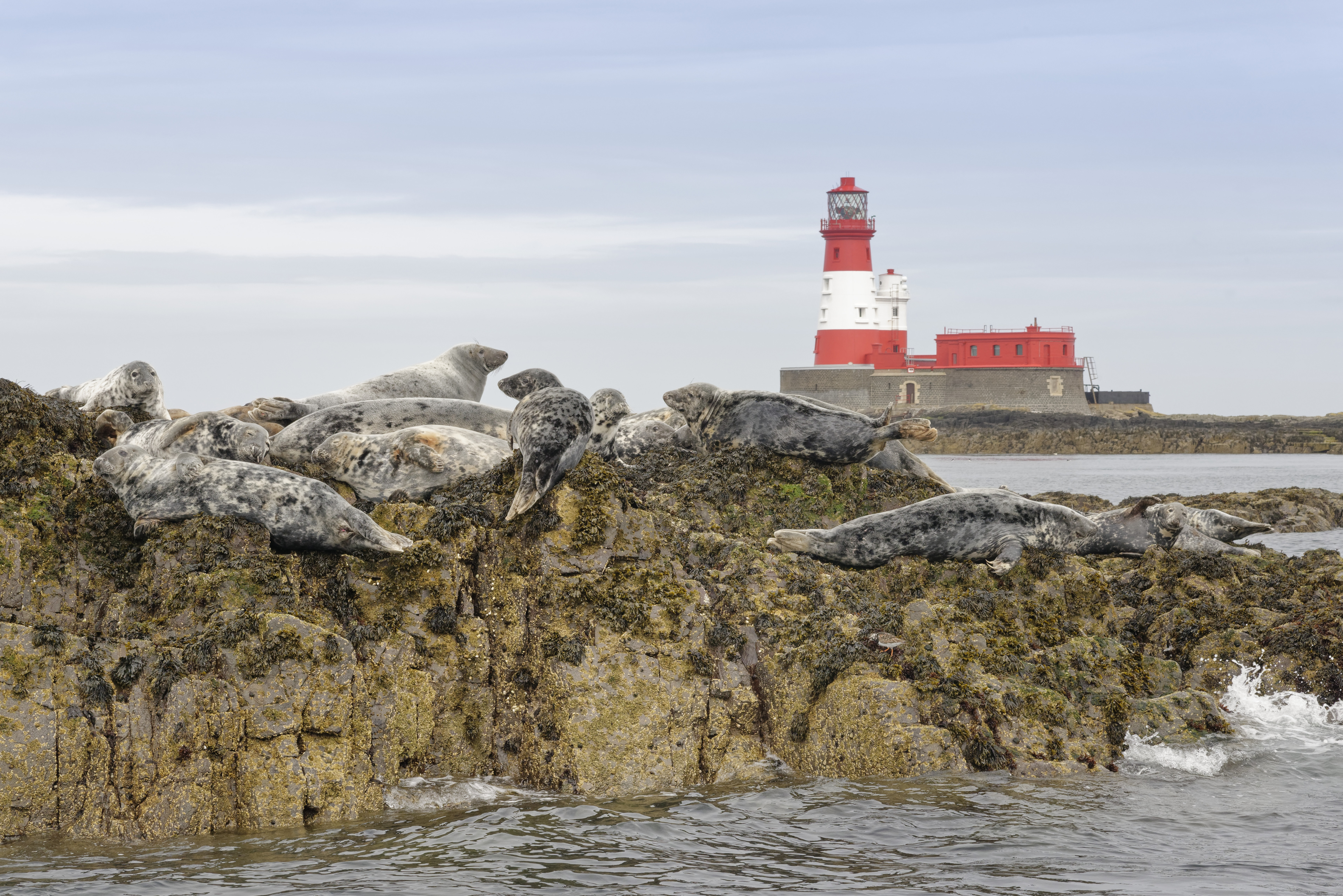
Grey seals are abundant on the islands.
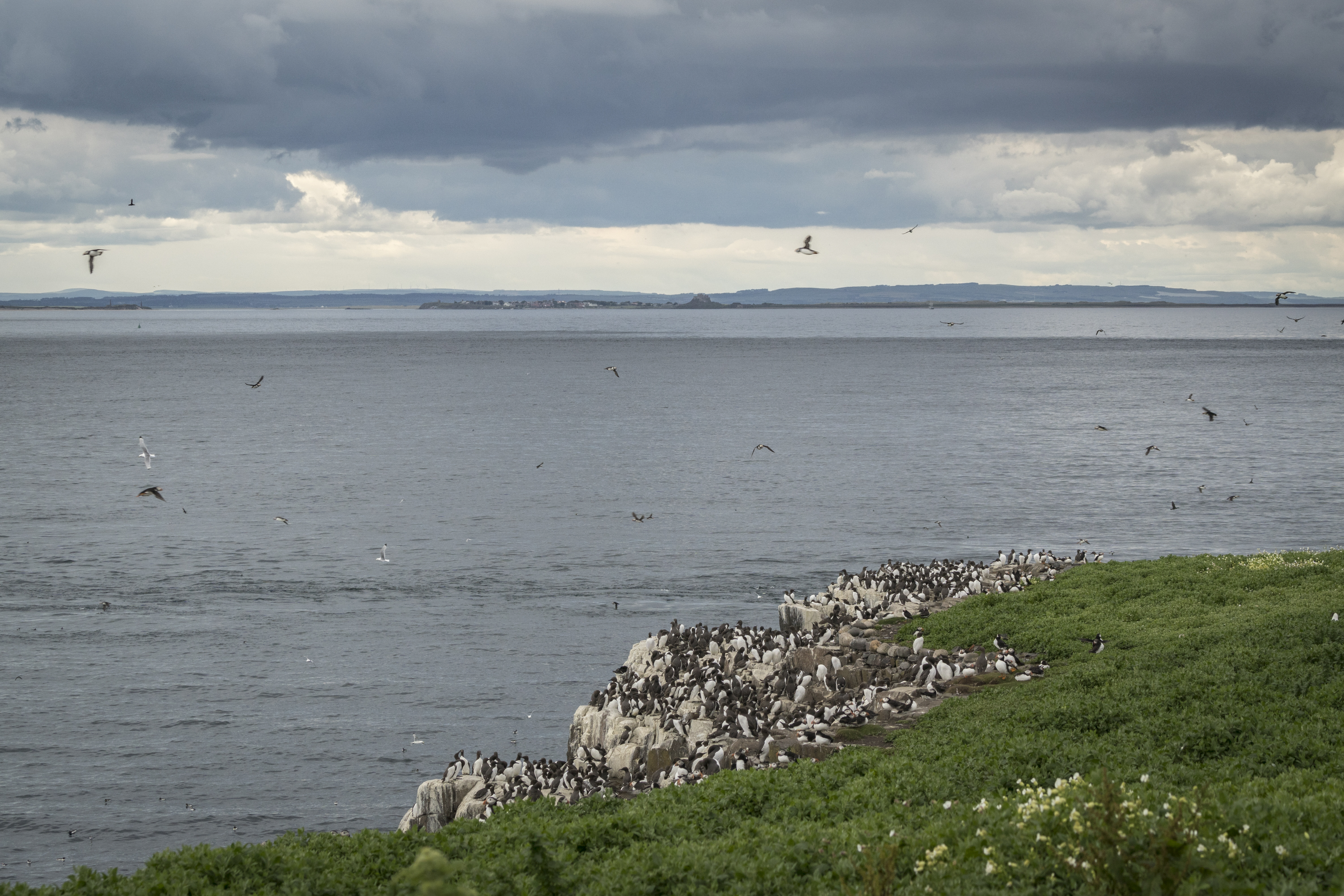
Clifftop nests on Inner Farne.
‘Looking back on the records for the different populations it is very clear how important regular monitoring of the different seabird populations has been,’ Jackson says. Last year, the team were relieved to discover that the puffin population was ‘stable’, with 50,000 pairs recorded (puffins, loyally, mate for life). Other species were less fortunate, and a dip in shags and terns — including Arctic terns, common terns and sandwich terns — was recognised.
Richard Bevan, a zoology lecturer at Newcastle University has been conducting research on the islands since 1999: ‘I've still got a photograph from my first visit of me on Staple Island with a shag pecking my boot. The islands themselves are the same as they were 20 years ago; what has changed is the wildlife. It's all still here, but the numbers have changed over time. Puffins have increased. Others, like the terns, have been declining. Those shags that once were pecking at my boot on Staple Island have gone from those areas.’
Exquisite houses, the beauty of Nature, and how to get the most from your life, straight to your inbox.

Fancy a shag on Farne Islands? Unfortunately, they are in decline.
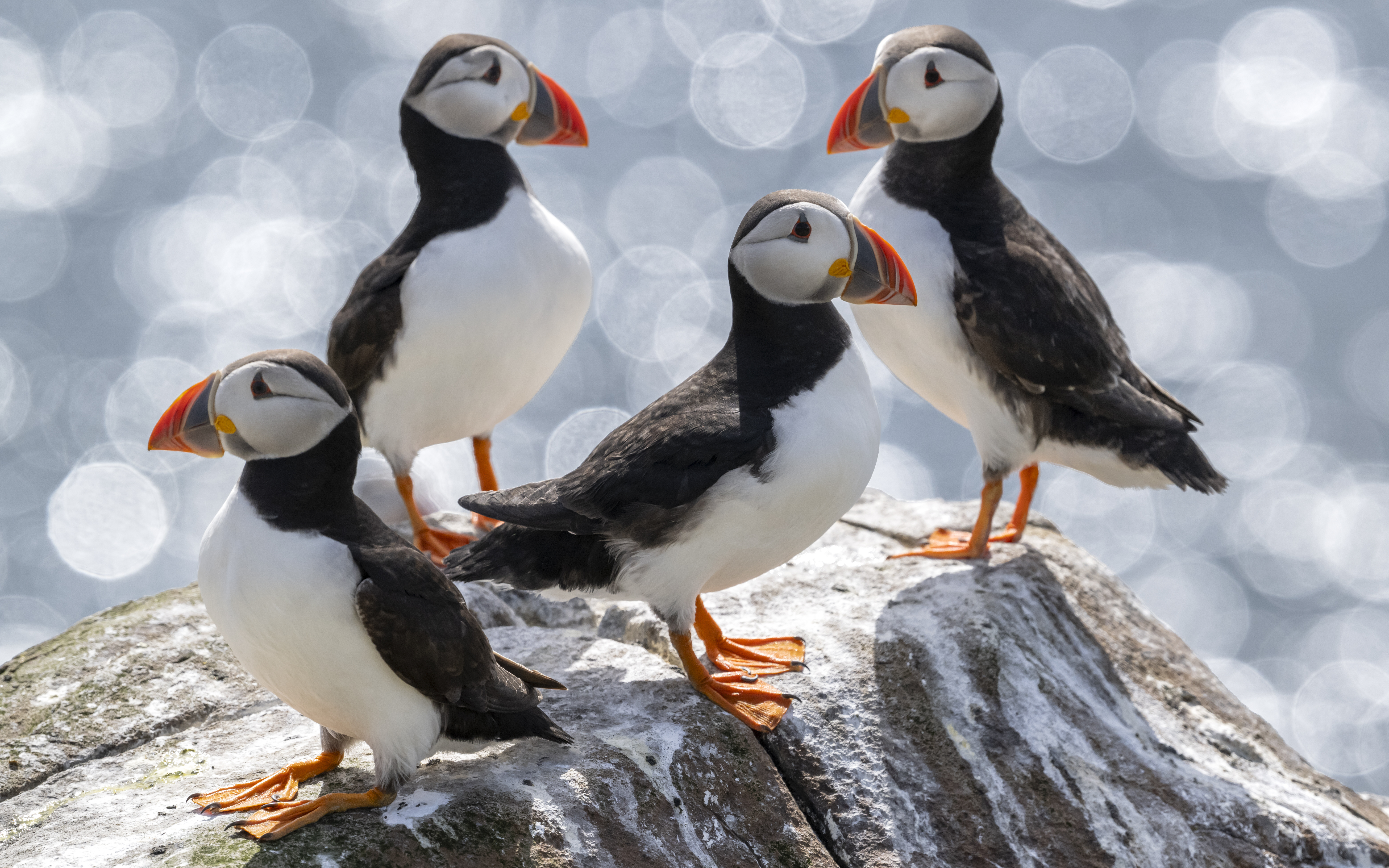
While foraging, Atlantic puffins can stay under water up to one minute and can dive up to 40 meters deep.
To help further monitor the puffins, a new tracking system using coloured rings — the second project of its kind in England – is being introduced. The idea is that rangers from other areas and the general public will be able to report glimpses of the blue-coloured rings and help the trust in tracking bird numbers.
To celebrate their centenary, the conservation charity has also set up two live streams — one of the puffin burrows and a second of birds nesting on the cliffs. The idea is that, by allowing more people to watch and learn about these lovable birds, puffins will be populating the Farne Islands for many years to come.
For more information and to donate to the National Trust, go to their website. The public can report sightings of seabirds on the Farne Islands by emailing farneislands@nationaltrust.org.uk.
Lotte is Country Life's digital writer. Before joining in 2025, she was checking commas and writing news headlines for The Times and The Sunday Times as a sub-editor. She has written for The Times, New Statesman, The Fence and Spectator World. She pens Country Life Online's arts and culture interview series, Consuming Passions.
-
 18 country houses across Britain, from £400,000 to £4 million, as seen in Country Life
18 country houses across Britain, from £400,000 to £4 million, as seen in Country LifeOur look at the homes to come to the market via Country Life this week picks out a charming Kent cottage and an Arts and Crafts house in Leicestershire.
-
 The greatest flowers make the greatest art
The greatest flowers make the greatest artA search for still-life subjects led Kate Friend to some of the greatest gardens and gardeners in the country
-
 What on earth is the person who comes up with Annabel's otherworldly facade displays on? London's most magical Christmas shop displays
What on earth is the person who comes up with Annabel's otherworldly facade displays on? London's most magical Christmas shop displaysPhotographs by Greg Funnell.
-
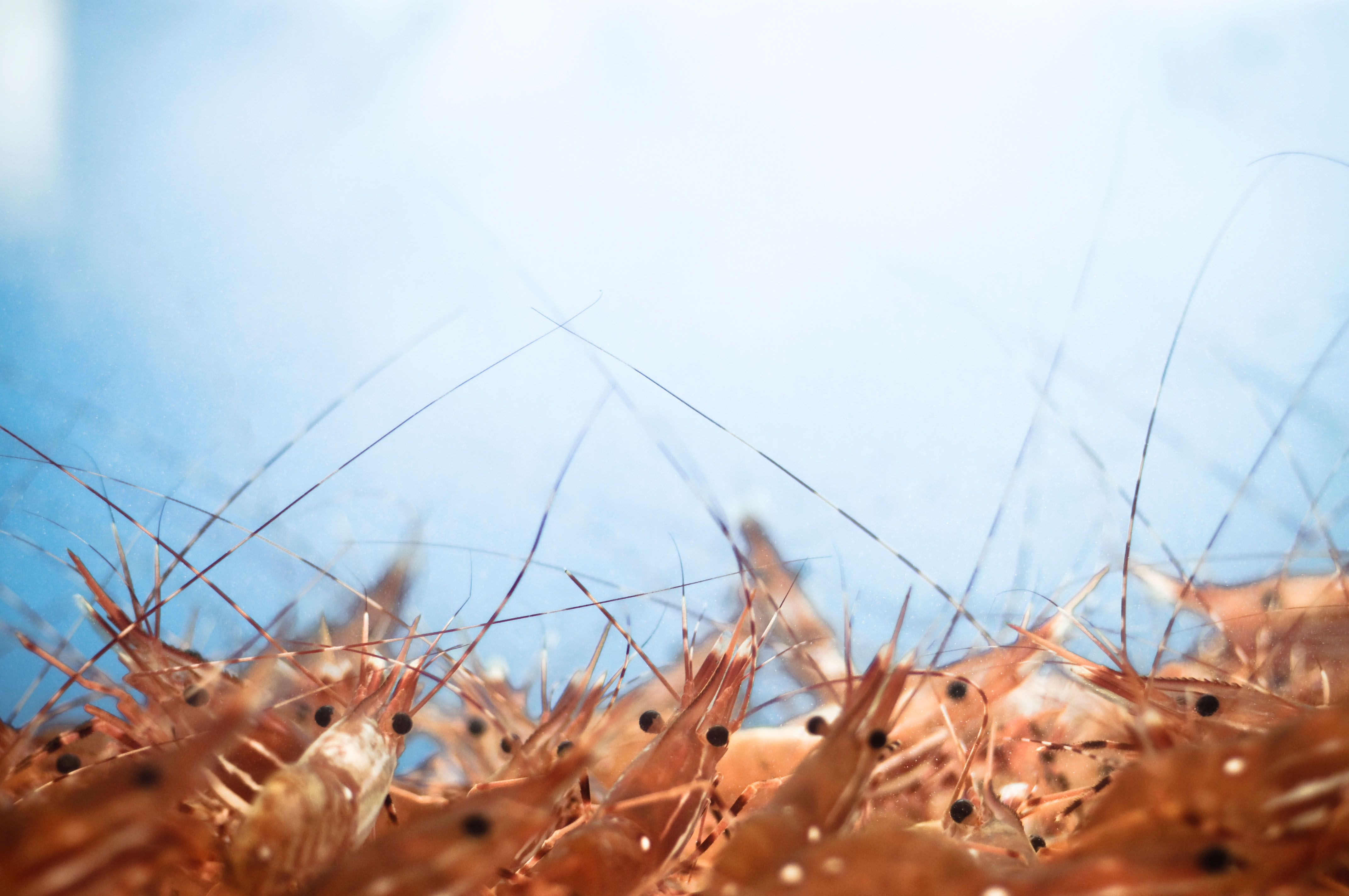 Farmers of Britain, go forth and grow prawns
Farmers of Britain, go forth and grow prawnsA new study has proposed that farmers could start growing king prawns to diversify income streams.
-
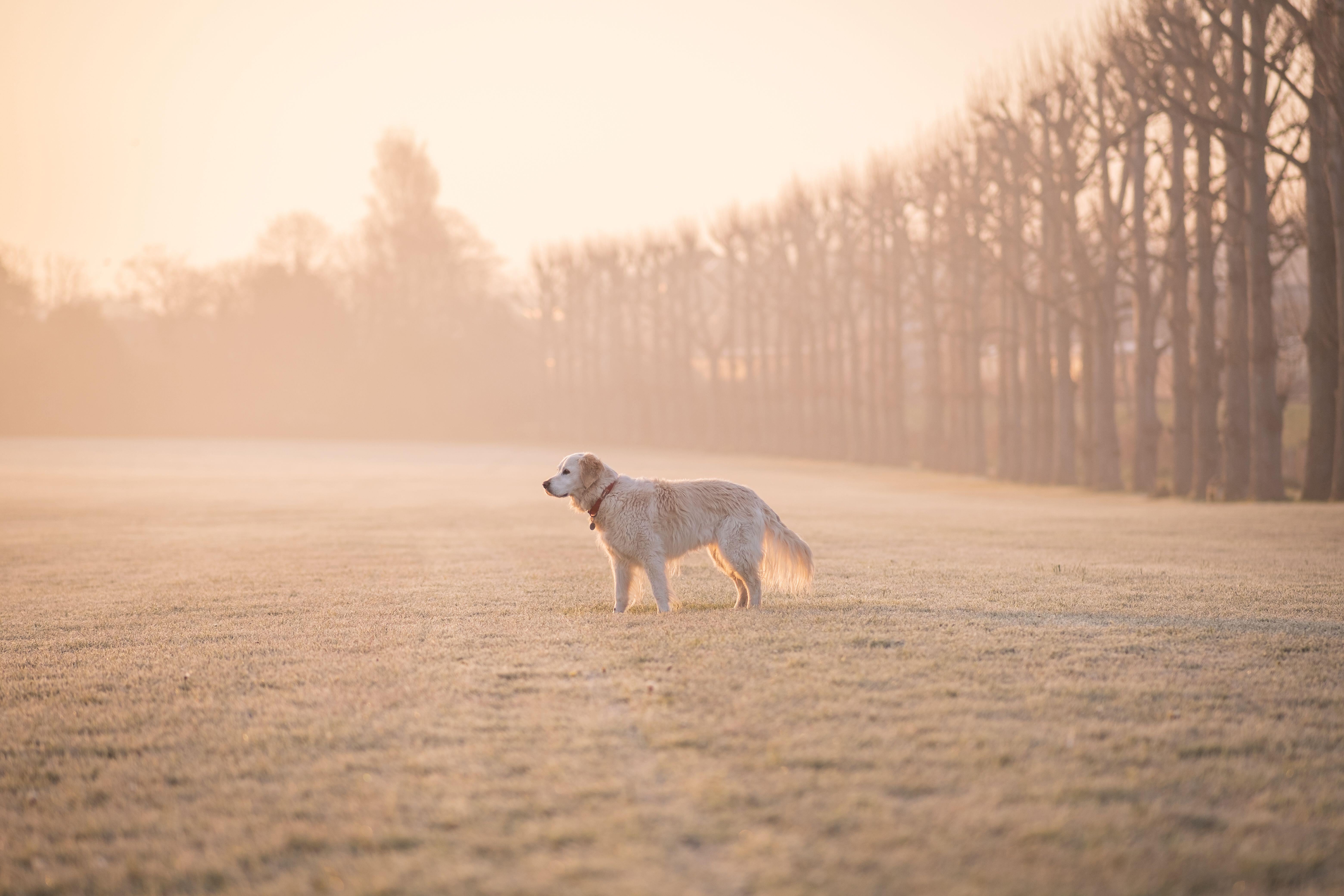 The golden retriever: The world’s most likeable dog almost didn’t exist at all
The golden retriever: The world’s most likeable dog almost didn’t exist at allThey’ve been popping up everywhere this week — on the Tube, at Christmas parties and in the news — so it feels like the perfect moment to talk about the dog breed we’re lucky to have.
-
 In search of London’s earliest pint
In search of London’s earliest pintEarly houses — pubs open in the early hours to feed and water the market trade — have been a cornerstone of London for centuries. Yet, as Will Hosie finds, they aren’t stuck in the past.
-
 Aristotle believed they emerged spontaneously from mud, Sigmund Freud dissected thousands of them and they can dive lower than a nuclear submarine — but what is the truth about the eel?
Aristotle believed they emerged spontaneously from mud, Sigmund Freud dissected thousands of them and they can dive lower than a nuclear submarine — but what is the truth about the eel?It would seem the European eel has a long way to go to win hearts, Laura Parker says of the slippery animal with an unfortunate image problem.
-
 The Alpine rescue dog built for blizzards, bred by monks
The Alpine rescue dog built for blizzards, bred by monksAs snow fell across the UK this week, I found myself day-dreaming of St Bernards striding through the Alps — a snow-day dog worth celebrating.
-
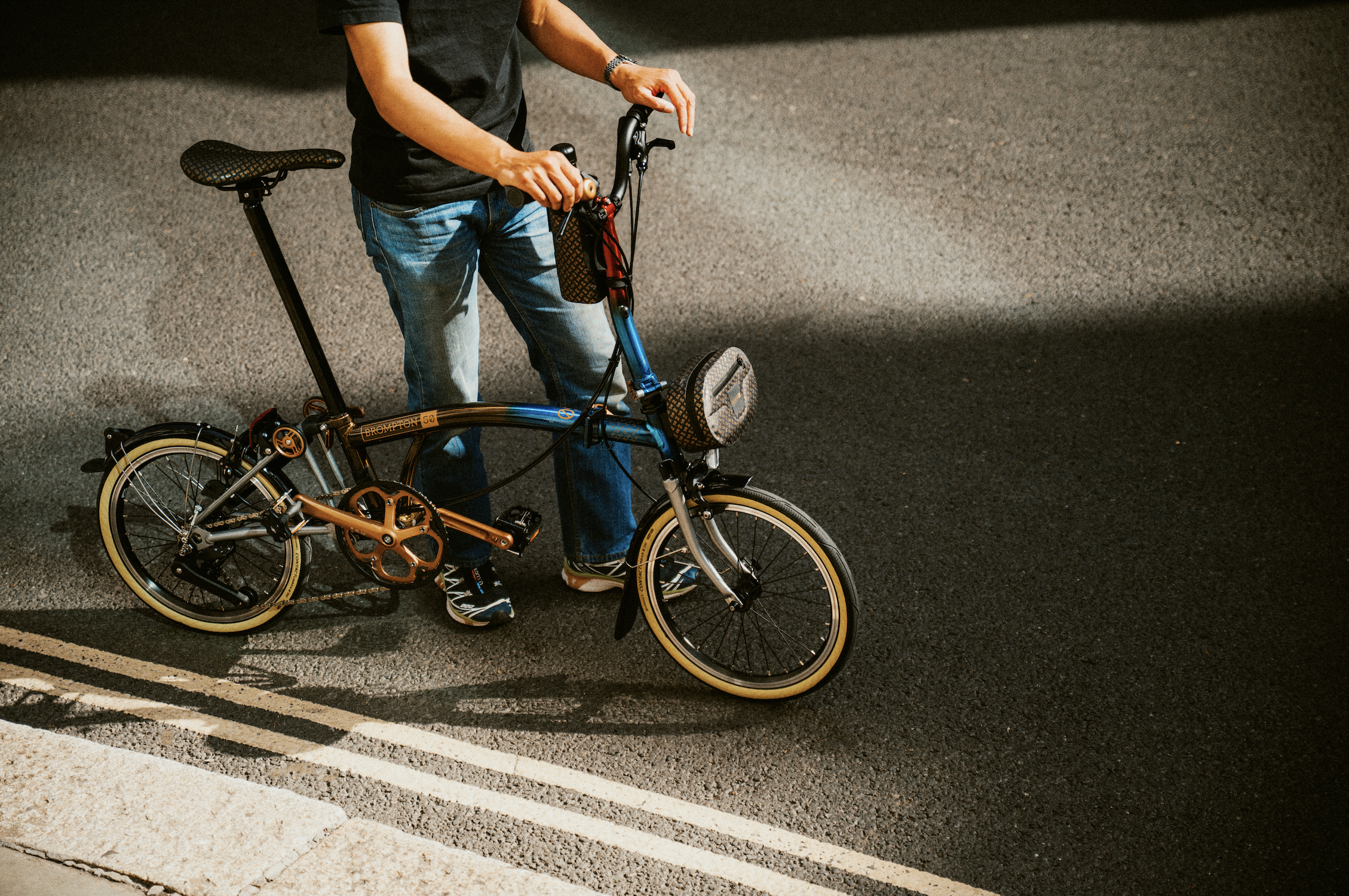 Better than Ozempic? 50 years of the Brompton bicycle
Better than Ozempic? 50 years of the Brompton bicycleOwen Wilson, James May and most of the middle-aged men and condescending hipsters you know love them. As the iconic folding bike turns 50 Lotte Brundle hops on one with the company's CEO.
-
 No more froths, no more foams, no more tweezers. Classic dining is making a comeback. Thank god
No more froths, no more foams, no more tweezers. Classic dining is making a comeback. Thank godFrom prawn cocktail and Arctic roll to starched tablecloths and ‘nicotine cream’ on the walls, it’s out with the new and in with the old in the restaurant world
